From one banner ad to a global industry

2019 marks the 25th anniversary of the first ever banner ad, created by AT&T. It had a 44% click-through rate, now practically unheard of, and its only call to action was a simple ‘click here’. From humble beginnings, digital advertising has ballooned into a huge, and still growing, global industry – though one not without its challenges.
The Drum’s senior reporter Rebecca Stewart sat down with experts from across the digital spectrum to discuss the impact digital advertising has had in shaping and determining the ad industry as we know it today. Here we bring you some of the highlights.
25 years later
Julia Smith, founder of digital trading consultancy and partner of the 614 Group, reflects on what the mood was like when the banner format was first introduced. “When we started with our first banner ad on Maxim, it was saying this is amazing, it's the only truly monetizable and accountable medium, and look at the click-through rates you're going to get. That's still a legacy that's continued through. It's still monumental what we've achieved, and the levels of interactivity are huge.”
David Goddard, vice president of global programmatic strategy at BBC Global News, explains how the banner's impact on advertising has been profound. “We're all here because of that ad," he says. "Digital technology employs 1.46 million people in the UK and it's looking to grow 5% by 2020. It wouldn't be possible without that little banner and lots more of them now funding the growth of digital companies.”
The banner boom was good for business, though critics contend it was to the detriment of creativity. Alison Griffiths, head of paid media at iCrossing, acknowledges these issues yet maintains the overarching importance of top-line marketing messaging.
She says: “There is a danger with the advent of digital leading to such micro focus on conversion and conversion metrics that you do lose that bigger picture with creative.”
To tackle this issue, she suggests that industry practitioners don’t lose sight of the importance of top-line brand messaging and always remember that while digital data unlocks incredible consumer insight, it is your creative campaign that impacts consumer behaviour.
Changing for better or worse?
The exponential growth of digital ad buying also given rise to other concerns. One of the biggest is brand safety, a topic that has plagued the likes of YouTube in recent years. But rather than apportion all the blame to the platforms, it is an issue that advertisers must take responsibility over too, the industry luminaries say.
David Billings, head of programmatic UK at Accenture Interactive, believes that advertisers need to be more thorough in their vetting of platforms. He adds: “We do brand safety, we're really strong on ad fraud and they sign a contract with an ad fraud provider, but it's a tick box so the VP of media can say to the chief marketing officer that they're on top of it, and actually when you dive into it they've got no idea of what really goes on in their pie, they've got not any idea of the websites they're buying or the level of governance that's supplied around that kind of tools. There's massive accountability has to be on the advertiser.”
For Griffiths: “Brands need to be accountable themselves for the performance of their advertising. We're very quick to push the blame on their Facebook and Google, saying they should have brand safety and ad fraud safety precautions in place, but this is the world of technology and we've got some very smart people trying to get around these things and it will always happen. Fundamentally we as advertisers can choose where we show our ads.”
Measuring success
Then there is measurement, another topic which has become hotly contested since that first banner ad appeared on screens. Smith reflects on the changing needs of brands to be able to measure campaign success on a multitude of platforms. “As there are more platforms available, there's also to be a track cross-device and I think brands are starting to say they need to track it and have consistent measurement even though it's cross-device."
The digital ad was born into a desktop world, but an explosion of devices since then has since complicated matters for marketers. In messaging and measurement, the challenge is to join the dots, says Smith.
"Consumers have such a limited time span themselves and everything moves so fast paced. I think we've embraced the fact of how consumers behave. I've been looking more at my brands and how we try and make the message consistent across the PR and across Instagram stories and ensure the tone stays the same.”
Brands going in-house
It’s estimated that as many as 86% of European brands have now taken some of their digital media in-house, as opposed to outsourcing to agencies. Our panel generally find this to be a positive thing, in that it gives talent the opportunity to upskill as well as use agencies in more of a consulting capacity. When brands have the experience of in-housing, it becomes easier to work with them as they now understand limitations and what questions to ask agencies.
This has raised questions on what the future creative and digital industry will look like. Smith believes the future isn't just a profileration of new silos, but one where new collaborative organisations emerge.
“I worked with TUG Agency, a performance agency, and they have the motive of media plus creative plus tech and they're starting work on workshops to enable those in creative to experience working in media, those in media working on tech, those in tech working on creative and putting yourself in somebody else's shoes, just to give you an idea of what they're having to do to make it.”
Banishing the word digital
Experts are reluctant to relinquish ownership of the word digital to describe their work, as it has been an identifier through the years. However, they do recognize that all advertising is now digital and it’s just moving with industry standards.
Digital’s fearless push into the future will be categorized by technological developments which will shape the way in which we do advertising. Our panelists are excited by the impact of AR and 5G as well as OTT and OOH streaming services. This, they believe, will impact how we consume and perceive media.
Billings wants to see consumers become more aware of advertising and how they are marketed to.
“I hope that as consumers we retain some kind of awareness of what is advertising and what's not advertising. I like to be aware of when I'm being advertised to, versus when I'm reading editorial content or when my personal assistant is making a recommendation. I'd like to see, as consumers, us demanding a little more awareness about when we're being advertised to and when brands are talking to us.”
Source: Emma Mulcahy, The Drum


